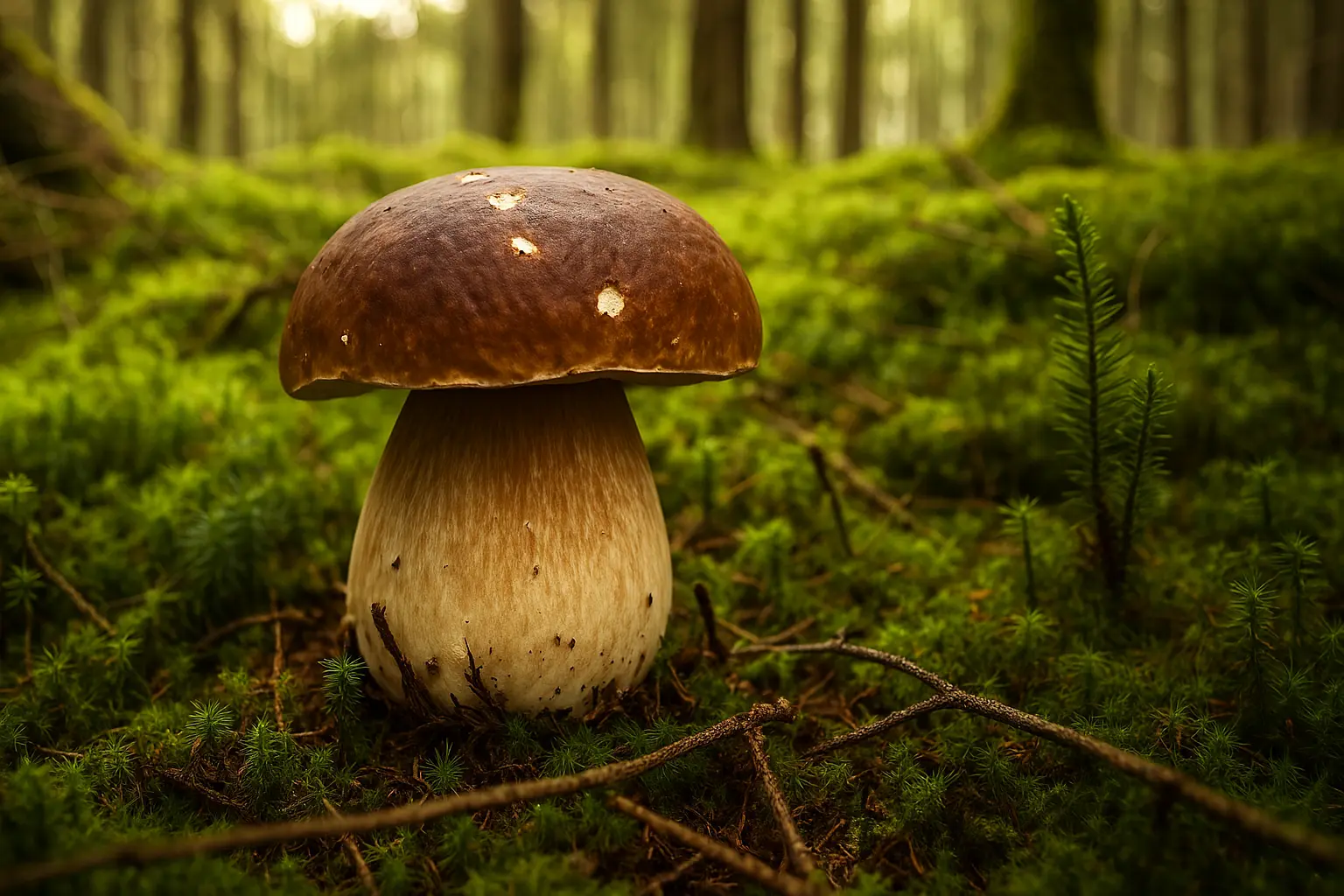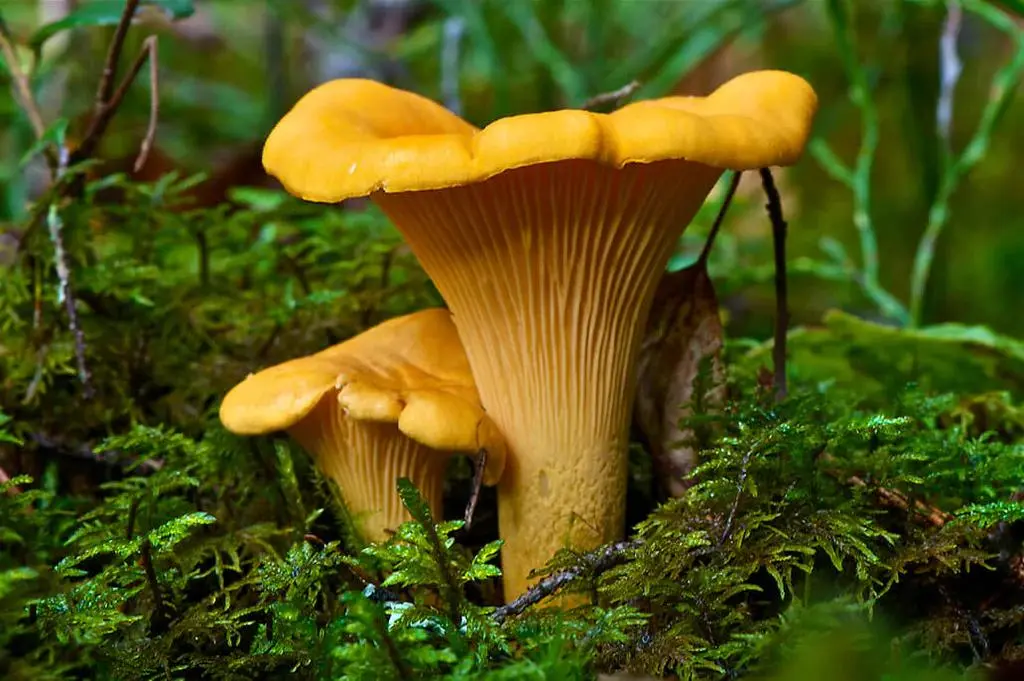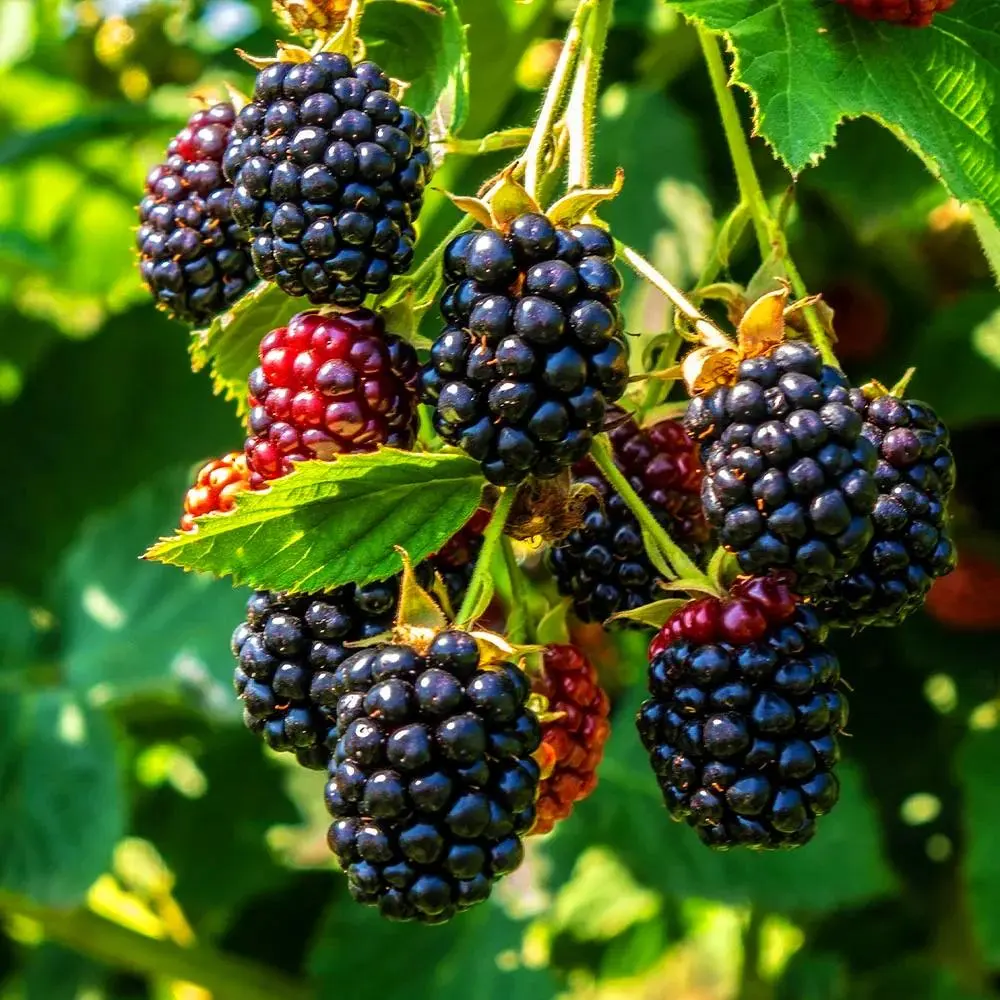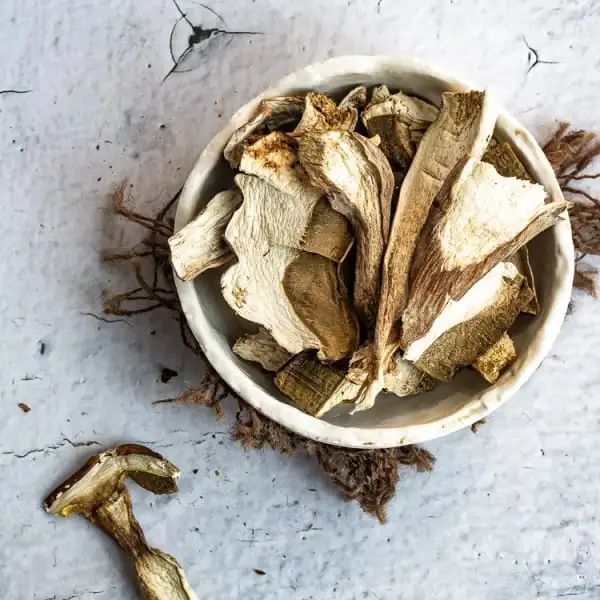
Long before refrigeration or modern preservation techniques, the people of Romania's Apuseni Mountains had mastered the art of drying wild mushrooms. This ancient preservation method, refined over centuries, transforms the abundant summer and fall mushroom harvests into a year-round treasure trove of flavor and nutrition. At TRANS FRUIT SRL, we honor these traditional techniques while incorporating modern understanding of food safety and quality control.
In this article, we invite you behind the scenes to explore our mushroom drying process – a method that uses no artificial preservatives, additives, or chemicals, yet produces dried mushrooms of exceptional quality that can maintain their properties for years when properly stored.
Why Drying Is Ideal for Wild Mushrooms
Of all preservation methods, drying is particularly well-suited to wild mushrooms for several important reasons:
- Flavor Concentration: Drying concentrates and sometimes even enhances the umami flavors and aromas that make wild mushrooms so prized
- Nutrient Retention: Proper drying preserves most vitamins, minerals, and beneficial compounds found in fresh mushrooms
- Long-Term Storage: Dried mushrooms, when properly stored, can last for 2-3 years without quality degradation
- Weight Reduction: Mushrooms contain 80-90% water; drying makes transportation and storage much more efficient
- Natural Preservation: Unlike other methods, drying requires no additives, preservatives, or chemicals
- Texture Transformation: The cellular structure changes create intensified flavors when rehydrated for cooking
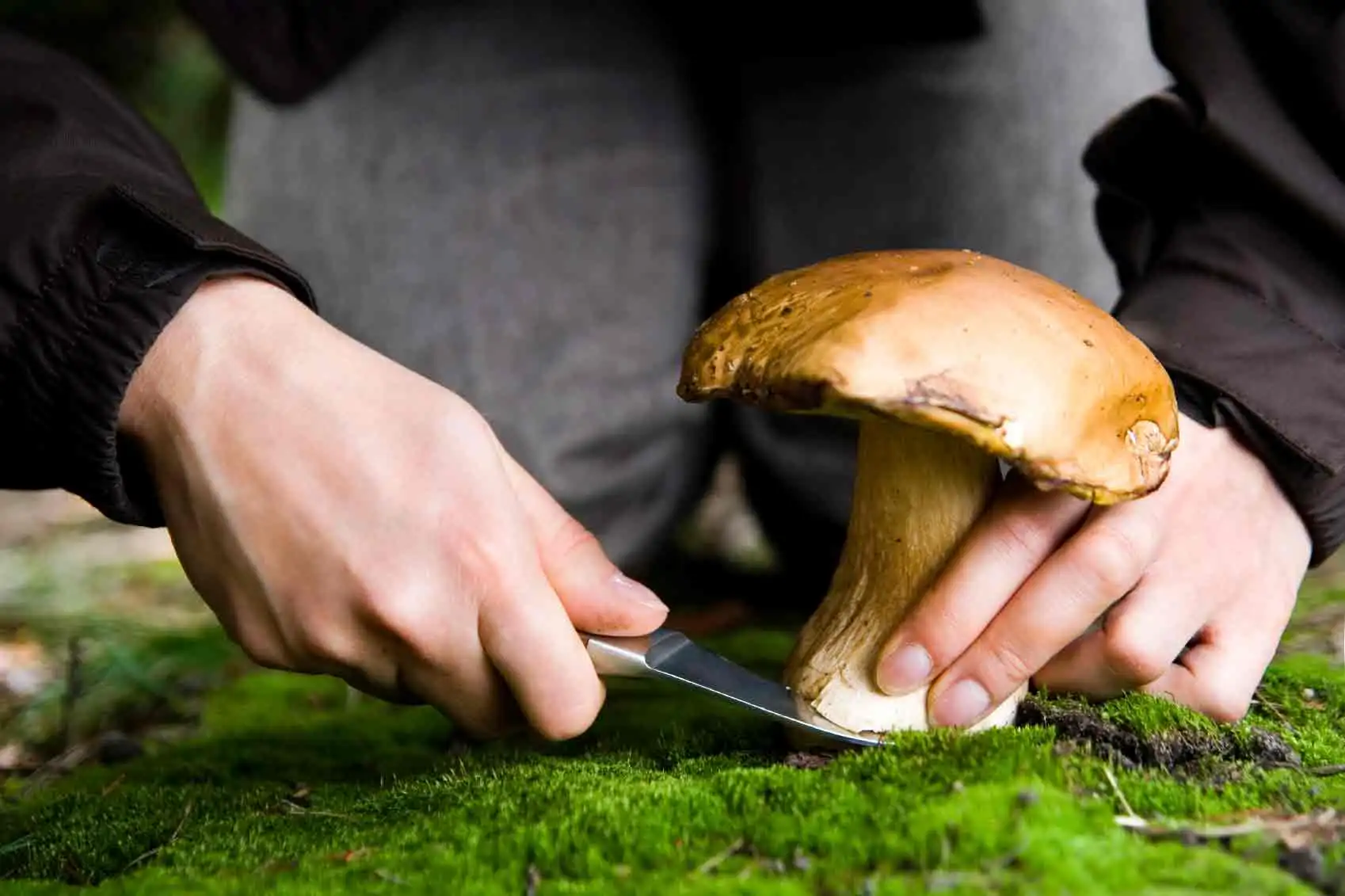
Our Step-by-Step Drying Process
While the concept of drying mushrooms is simple, achieving consistent, high-quality results requires careful attention to detail at each stage of the process:
1. Selection and Initial Processing
The quality of dried mushrooms begins with the quality of fresh specimens:
- Selection Criteria: Only firm, unblemished, mature but not overripe mushrooms are selected for drying
- Timing: Processing begins within hours of harvest to capture peak freshness
- Cleaning: Mushrooms are carefully brushed clean, never soaked in water
- Inspection: Each mushroom is individually inspected for insect damage or spoilage
- Sorting: Mushrooms are sorted by species, size, and ideal drying method
2. Preparation Techniques
Different mushroom species require different preparation methods for optimal drying:
- Boletus Species (Porcini/Cep): Cut into 3-8mm slices, with smaller caps sometimes dried whole
- Chanterelles: Small ones dried whole, larger specimens split lengthwise
- Morels: Cut vertically in half to expose the hollow interior for even drying
- Black Trumpets: Usually dried whole due to their naturally thin structure
- Shiitake: Stems removed (used separately) and caps sliced consistently
The cutting process is crucial – inconsistent thickness leads to uneven drying, while improper technique can damage the cellular structure. Our processors use traditional handcrafted knives specifically designed for mushroom preparation.
3. Traditional Air-Drying Method
For generations, the people of Apuseni have used natural air-drying as their primary method:
- Drying Surface: Prepared mushrooms are arranged in a single layer on traditional wooden racks covered with clean cotton cloth
- Air Circulation: Racks are placed in specially designed drying rooms with controlled airflow
- Indirect Sunlight: Exposure to indirect natural light but never direct sunlight, which can degrade quality
- Humidity Control: Ambient humidity is monitored and regulated through natural ventilation systems
- Temperature: Maintained between 25-30°C (77-86°F) throughout the process
- Duration: Typically 3-7 days depending on mushroom type, thickness, and environmental conditions
- Turning: Mushrooms are carefully turned once or twice daily for even drying
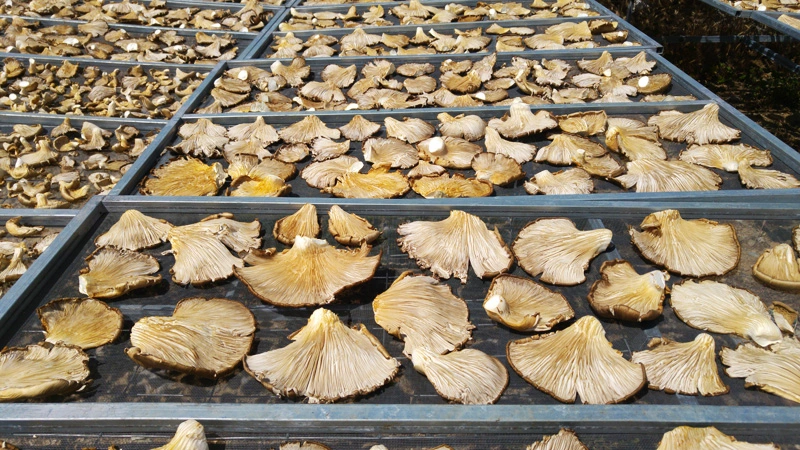
4. String-Drying Method
For larger mushrooms, particularly porcini, we also use the traditional string-drying method:
- Mushroom slices are threaded onto natural cotton strings using wooden needles
- Strings are hung in well-ventilated areas, typically near the ceiling of the drying room
- This method allows for maximum air circulation around each piece
- The vertical arrangement prevents moisture accumulation
This technique, which creates the characteristic strings of dried mushrooms often seen hanging in traditional Romanian kitchens, is particularly effective for larger, thicker mushroom varieties.
5. Modern Adaptations
While we maintain traditional methods, we've introduced careful adaptations to ensure consistent quality and food safety:
- Temperature Monitoring: Digital thermometers track conditions throughout the drying space
- Humidity Sensors: Precision instruments allow for optimal humidity control
- HEPA Filtration: Air entering the drying rooms is filtered to prevent contamination
- UV Protection: Special glass blocks damaging UV rays while allowing beneficial natural light
- Testing: Regular moisture content testing ensures consistent quality
These adaptations support rather than replace traditional methods, allowing us to achieve consistent results while honoring ancestral techniques.
6. Determining When Mushrooms Are Properly Dried
The art of mushroom drying culminates in knowing exactly when the process is complete:
- Visual Inspection: Properly dried mushrooms should be significantly reduced in size, with no visible moisture
- Texture Test: They should be firm and somewhat brittle, but not completely rigid or crumbly
- Snap Test: Thicker pieces should snap cleanly, not bend
- Moisture Content: We aim for 7-10% final moisture content, tested with precision instruments
- Aroma: The mushroom's aroma should be concentrated but still characteristic of the species
Experienced processors can often determine the perfect drying stage simply by touch and appearance, a skill developed through years of practice.
"To truly understand if a mushroom is properly dried, you must first understand its living essence. Only then can you recognize when it has transformed to its preserved state while maintaining its soul." - Constantin Mureșan, 73-year-old master mushroom dryer from Bihor County
The Science Behind Traditional Wisdom
Modern food science has validated many aspects of traditional drying techniques:
- Enzymatic Processes: The slow drying allows beneficial enzymatic reactions that enhance flavor
- Nutritional Retention: Studies show slow air-drying preserves more nutrients than rapid, high-heat drying
- Natural Preservatives: Many wild mushrooms contain natural compounds with antimicrobial properties
- Bioavailability: Certain nutrients actually become more bioavailable after proper drying
- Cellular Structure: Traditional techniques maintain better cellular integrity, improving rehydration
Post-Drying Processing
After drying, several additional steps ensure the final product maintains its quality:
- Cooling Period: Dried mushrooms rest in a controlled environment for 24-48 hours
- Final Inspection: Each batch is carefully examined for quality and consistency
- Grading: Mushrooms are sorted by size, appearance, and quality
- Packaging: Packed in breathable bags for short-term or vacuum-sealed for long-term preservation
- Storage: Kept in cool, dark, dry conditions until distribution
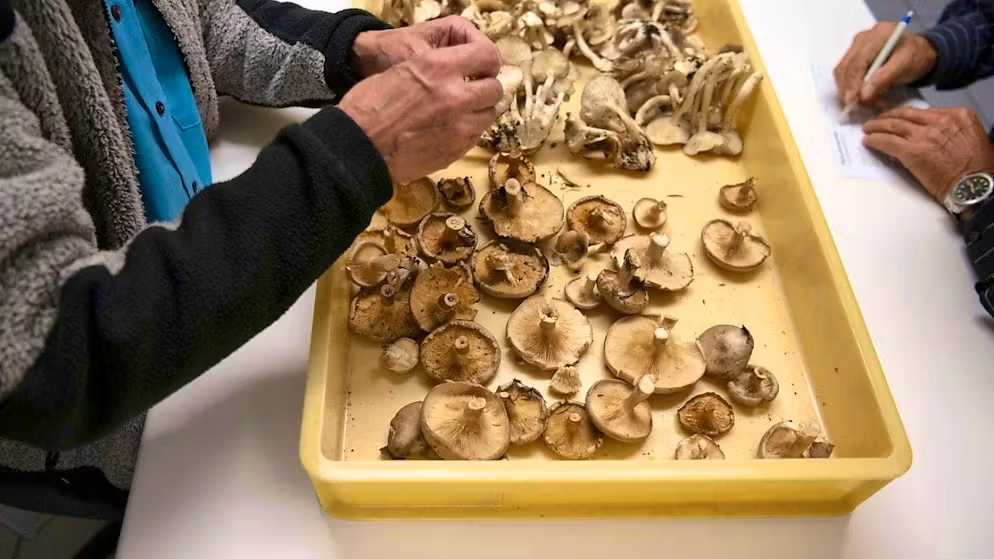
How to Use Dried Wild Mushrooms
The concentrated flavor of properly dried mushrooms makes them a culinary treasure:
- Rehydration: Soak in warm water for 20-30 minutes until plump (save the flavorful soaking liquid for cooking)
- Powdering: Grind dried mushrooms into powder for instant flavor enhancement in sauces, soups, and rubs
- Direct Addition: Some recipes call for adding dried mushrooms directly to long-cooking dishes
- Infusions: Create mushroom-infused oils or alcohols with dried specimens
- Mixed Use: Combine rehydrated mushrooms with fresh ones for layered flavor complexity
Properly dried mushrooms are not merely a substitute for fresh ones but an ingredient with its own unique characteristics and culinary applications.
Traditional Romanian Recipe: Ciorbă de Bureți
This traditional Romanian sour mushroom soup showcases the extraordinary flavor of dried wild mushrooms:
- 50g dried wild mushrooms (preferably a mix of porcini and other varieties)
- 2 liters water or light chicken stock
- 1 onion, finely chopped
- 2 carrots, diced
- 1 parsnip, diced
- 1 small celeriac, diced
- 200ml sour cream
- 2 tablespoons flour
- Juice of one lemon
- Fresh lovage or parsley
- Salt and pepper to taste
Rehydrate the mushrooms in warm water for 30 minutes. Strain, reserving the liquid. Sauté vegetables until soft, add mushrooms and their strained soaking liquid, plus water or stock. Simmer for 40 minutes. Mix flour with sour cream, temper with hot soup, then stir back into pot. Add lemon juice, herbs, salt, and pepper. The result is a hearty, deeply flavored soup with complex umami notes only possible with dried wild mushrooms.
Conclusion
The art of drying wild mushrooms represents the perfect intersection of traditional wisdom and modern understanding. At TRANS FRUIT SRL, we take pride in preserving these ancestral techniques while ensuring consistent quality and safety. Our dried wild mushrooms from the pristine forests of Apuseni Mountains carry not just extraordinary flavor and nutrition, but also the living heritage of Romanian food traditions.
When you cook with our dried wild mushrooms, you're not just adding an ingredient – you're connecting with centuries of forest knowledge and culinary wisdom, captured through a preservation process that respects both nature and tradition.

